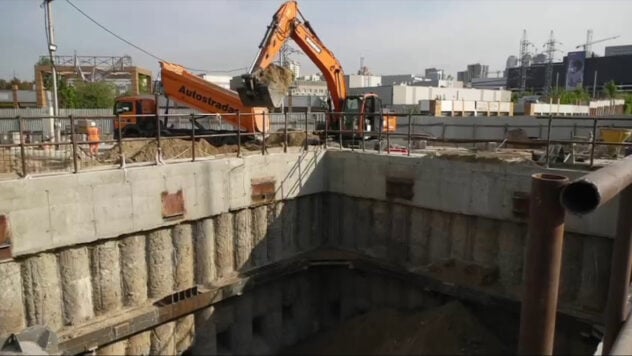
The blue line of the Kiev metro will start working tomorrow, Thursday, September 12.
Train traffic between the Heroiv Dnepra — Teremki stations will be fully restored.
This was announced by the mayor of Kyiv Vitali Klitschko.
Now watching
The blue line of the Kyiv metro resumes operation: what is known
On Wednesday, September 11, Klitschko noted that commissioning work on the renovated section of the tunnel between the Demeevska — Lybidska stations has been completed.
The entire complex of works lasted 9 months. According to the mayor of the capital, during this time they prepared the construction site, relocated more than 200 cable networks, in particular the networks of DTEK, Ukrtelecom and others.
Specialists also developed a pit more than 15 m deep, dismantled the old part of the tunnel 27 meters long and built a new one.
They reinforced the tunnel frame adjacent to the new section (over 50 m in total length) on both sides. They laid new tracks, restored all utility networks, and adjusted train safety systems.
— The transfer tunnel between Demeevska and Lybidska is located in difficult hydrogeological conditions. Therefore, during the repairs, they carried out all the necessary work on waterproofing the tunnel frame and chemically stabilizing the soil around it, — the mayor of the capital noted.
The estimated cost of the entire complex of works amounted to UAH 383 million, which is UAH 62 million less than the original cost.
In parallel with the restoration work, expert studies were carried out to determine the causes of the situation.
In particular, it was confirmed that its cause is individual errors at the design stage and poor performance of construction and installation work at the construction stage of this section of the tunnel, namely:
- the tunnel frame, according to the project, should be operated at a significantly lower groundwater level;
- the tunnel frame constructed poorly, with ring installation tolerances not met;
- compensatory measures (chemical soil stabilization) were not carried out, including to prevent the influence of tunnel shear forces at the site of change in engineering and geological conditions of the foundation;
- tunnel rigidity is lower than design — due to the use of wall blocks instead of tray blocks (reduced thickness and lack of ribs).
In addition, laboratory studies have confirmed gross violations during construction in terms of the lack of chemical stabilization of soils around the tunnel.

